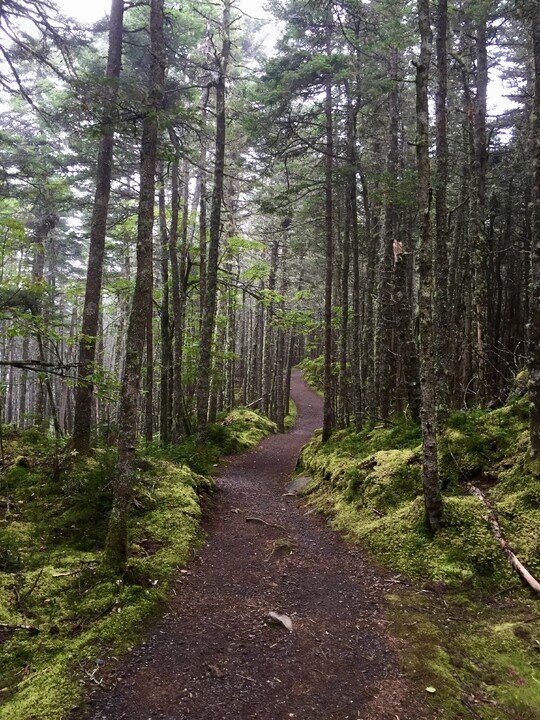Opposable Thumbs, Neural Patterns, and Creativity
© Martha Wooding-Young, The Resilient Executive, LLC.
What’s your go to strategy when life throws you a curveball? It’s always good to start with a deep breath or two, to allow our pre-frontal cortex time to catch up with our amygdala when it is already off to the races, throwing us into our favorite flavor of fight, flight, or freeze. But once we’ve grounded ourselves in presence, what’s the next right thing?
I’m always looking for simple heuristics – rules of thumb to help point me in the right direction without too much effort. This week’s rule of thumb was literal. We are lovingly restoring a neglected farm to an organic subsistence veggie garden surrounded by pollinator meadows and some acres of slowly regenerating Eastern hardwood forest. Nestled in the foothills of the Blue Ridge Mountains, kudzu is a real and ongoing challenge. Trying to clear it from a venerable dogwood and a crepe myrtle our neighbor tells us is more than 100 years old, I fell backwards, landing awkwardly on my non-dominant thumb. Nothing like pain to get your immediate attention. I could still move it, so I decided it wasn’t broken and cracked on, but it wasn’t long before the insistent throbbing and difficulty gripping my tools made further manual work moot for the day.
In the morning it was quite swollen and a little numb, painful to the touch, bruised, not much use really. As a left-hander in a right-handed world, I’ve always thought of myself as relatively ambidextrous. I know I use my right hand for scissors, knives, pruning shears. In fact, as I discovered that morning, I use my right hand for almost everything except writing. Have you ever tried to lift a glass or the ubiquitous Yeti mug without a thumb? How about undo a zipper, a button, a knot? While making and cleaning up after breakfast I discovered the secret life of my right thumb, dexterously assisting me without fuss or fanfare. Denied it’s agility, I pondered my day.
On a perfect weekend in Spring, I had no intention of sitting inside with an ice pack. I gathered my tools and my mindfulness into our farm truck and set off for the kudzu patch that delivered the injury. With deliberate care, I discovered I could weed whack the tall pasture grasses surrounding two dead trees acting as climbing frames for the kudzu. I could also use my chainsaw to fell them and buck the wood into the truck. I could carefully use the leverage of my ratchet lopper to detach kudzu vines rather than pulling them up, since the sudden release of a bunch of vines had caused my fall in the first place.
Each time my attention wavered, I used my thumb in its usual way and a sharp stab of pain brought me back to presence. When mindfulness held, I found new ways of using the tool of my right hand. I could scoop and scrape. I could still lift almost as much as usual, as long as I used my left hand to grip. I could wield a chainsaw and weed whacker, albeit with some awkwardness to begin with as I adapted to having nine digits instead of ten. My habitual patterns of tool use, it seemed, were utterly mindless. Shining the sunlight of natural awareness on this new corner of my neurobiology, I marveled at its incredibly central place in my life, hitherto unnoticed.
What patterns do you have running outside of your awareness? Perhaps these patterns form a hidden decision architecture that keeps you stuck in reactivity or unhelpful behaviors. Perhaps they prevent you from adapting and learning new ways. What untapped resources and skills might be lurking beneath? What tools do you have at your disposal that you might use differently, more skillfully, to work smarter not harder? If your pain is emotional: a hostile work environment, a dead-end career, how might turning towards and staying with that pain with self-compassion, grace, and curiosity unlock hidden abilities?
You will never know unless you can stay with the pain long enough to figure out how to move with it, not against it. Staying with pain is totally counterintuitive. We want to ice it away, take a pain killer, an anti-depressant, whatever. But as we train ourselves to stay with small pains like a sprained thumb or an irritating colleague, we find that our creativity and adaptivity grow by leaps and bounds. In this volatile, uncertain, complex, and ambiguous world, these characteristics have never been more important. Want to explore your hidden decision architecture and see what superpowers might be lurking within? Reach out.


